Celebrating Eric Cooper – inspirational dentist and Colditz survivor
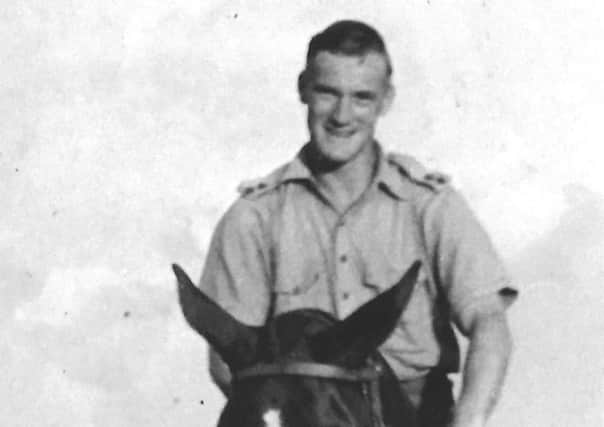

Peter Dyer, chair, Central Committee for Hospital Dentists and Consultant in Maxillofacial Surgery, University Hospitals of Morecambe Bay 1998-2017 said: “Eric’s story was recorded in a BDJ interview in 1995 in which he described his capture during the Second World War on Crete whilst practising as a dentist in the Army Dental Corps.
“After working as a prisoner of war dentist in a number of camps he was eventually transferred to Colditz for the remainder of the conflict.
Advertisement
Hide AdAdvertisement
Hide Ad“Eric was a modest individual who rarely talked about his experiences.
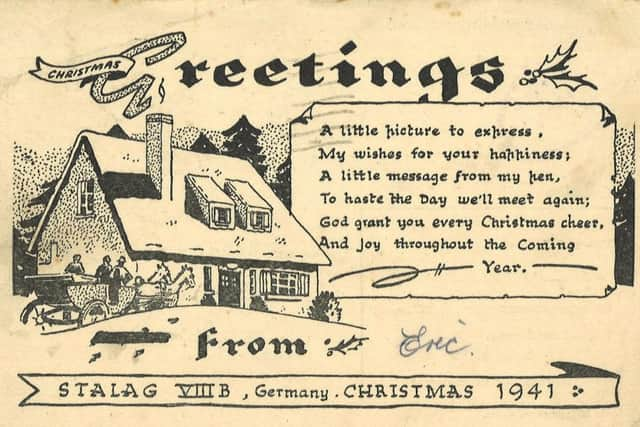

“However, the items in the BDA Museum together with oral histories from some colleagues help to build a picture of his work both in Colditz and afterwards, and the amazing contribution he made to dentistry.
“There are details of his qualifications from Guy’s Hospital as one of the first dental students to achieve a Bachelor of Dental Surgery degree and his Royal College of Surgeons (England) certificate – one of the first surgeons to obtain a Fellowship in Dental Surgery by examination.
“From Colditz there are Red Cross food tins that were used to help dig escape tunnels, and cards that Eric sent home, including one which details his flight back to the UK at the end of the war.
Advertisement
Hide AdAdvertisement
Hide Ad“Eric was a practical surgeon and helped build the wings of the famous Colditz glider. And later on in life, as a consultant he often sent his assistants to the local hardware shop to buy a bag of screws, which were sterilised and used to fix fractured jaws – an innovation that was well ahead of its time!
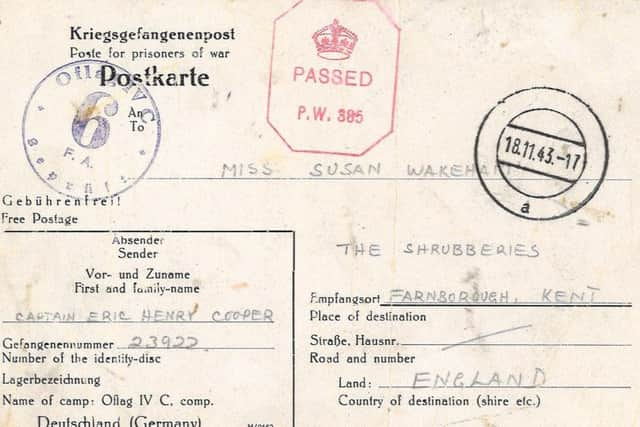

“It was however the hunger that he and the other prisoners experienced which remained with him throughout his life.
“He bought a small farm in Nether Kellet and kept livestock so that he would be self-sufficient if necessary.
“He relished his freedom and once wrote:“I travelled to Barrow at 2am and stopped the vehicle to gaze at the full moon shining on the snow-capped mountain peaks. I had it all to myself, to be a cherished memory for ever.”
Advertisement
Hide AdAdvertisement
Hide Ad“After the war he worked at a consultant dental surgeon, going on to work in over 83 hospitals during his career.
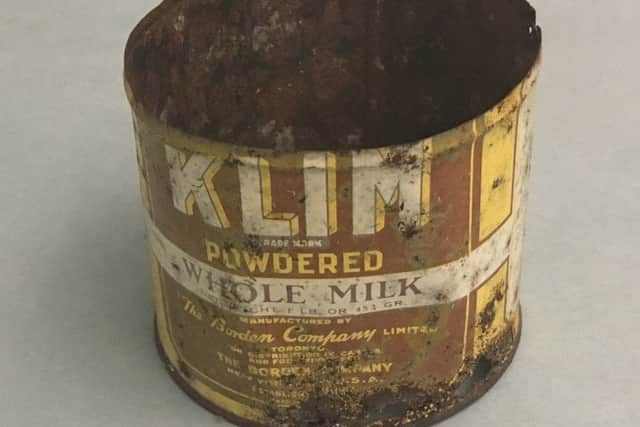

“He was an innovative and enthusiastic dentist and a credit to the profession, as well as a bit of an ‘unsung hero’.
“We are delighted to be able to showcase some of the objects from Eric’s fascinating history and tell his amazing life story through our display – if you are in London, please do pop in and take a look, as well as seeing the many other quirky and interesting objects in our permanent collection.”
Eric also inspired Peter Dyer (former BDA president), not just to train as a dentist but also to follow in his footsteps as a maxillo-facial surgeon (dually qualified dentist and doctor).
Advertisement
Hide AdAdvertisement
Hide AdPeter was appointed consultant in oral and maxillofacial surgery to the University Hospitals of Morecambe Bay NHS Foundation Trust in 1998 with a special interest in trauma, and has worked as the medical director for the Trust. He is currently the responsible officer overseeing the appraisal and revalidation of the medical staff.
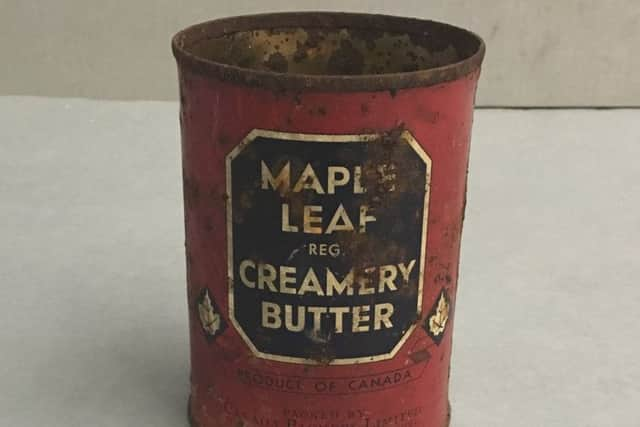

The British Dental Association Museum holds a unique collection of oil paintings dating from the 17th to the 20th centuries. They include paintings illustrating the history of dentistry in the UK and prominent dentists from the Association’s history.
Some of the works have been exhibited at famous institutions such as the Royal Academy. The paintings have been acquired through both donations and purchases, some grant aided.
The museum continues to collect today, the most recent acquisition being in late 2011.
Advertisement
Hide AdAdvertisement
Hide AdThe collection includes paintings of Saint Apollonia, patron saint of toothache sufferers, and of Lilian Lindsay, the first woman to qualify as a dentist in the UK.
A highlight is ‘The Dentist’ by Sir John Lavery, of the Glasgow Boys School, which features his glamorous wife Hazel as the patient.
The painting, dating to 1929, is remarkable for its modernity in particular the X-ray machine which is featured.
The British Dental Association Dental Museum is at 64 Wimpole Street, London.
Visit the website at http://www.bda.org/museum, call 020 7935 6492 or email [email protected].
The exhibition runs until September.